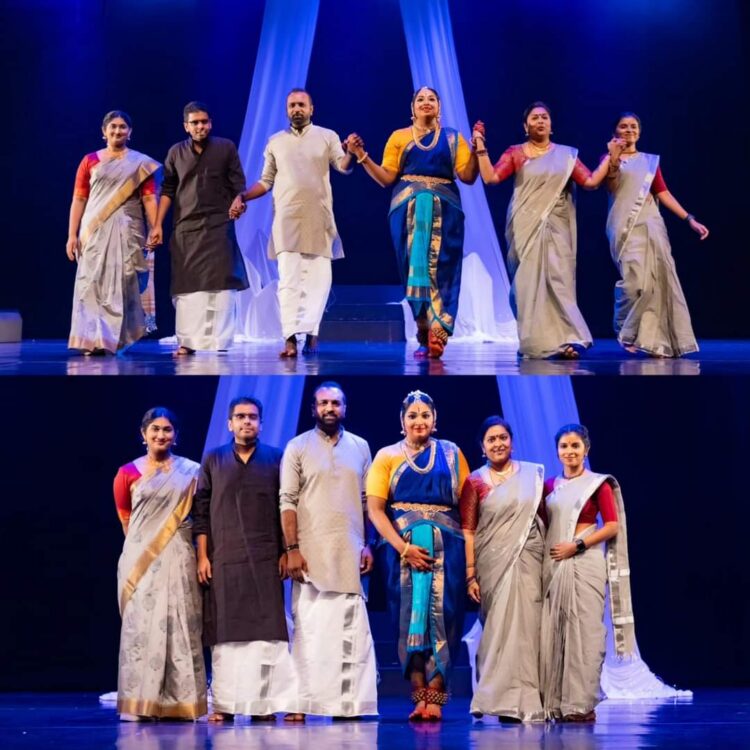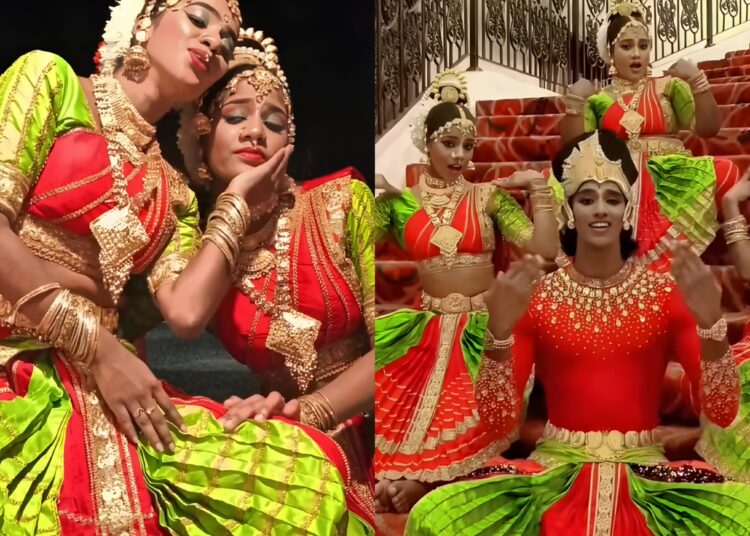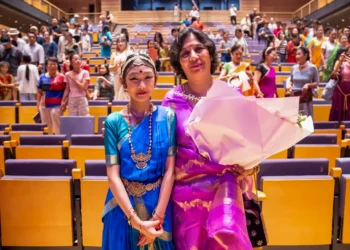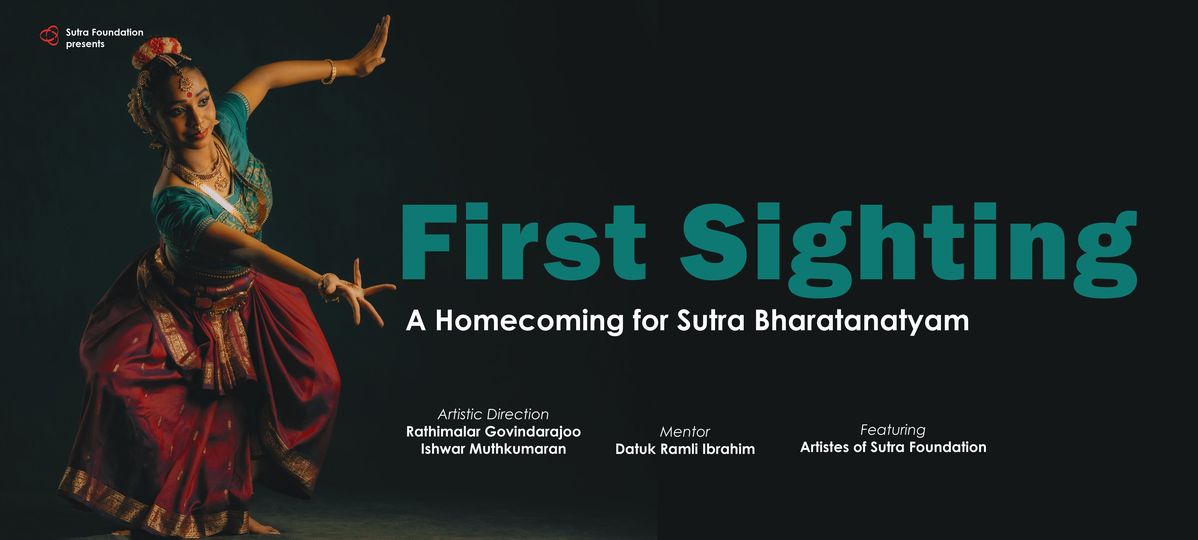Dakshra Fine Arts had organised “Adhikara Margam” on 15th July 2023 at Shantanand Auditorium, Temple of Fine Arts, Kuala Lumpur. In Sanskrit, “Adhikara” means “authority” or “qualification.” In the context of dance, it refers to the competency or qualification of a dancer to perform a particular piece or a specific level of repertoire. The organisers had stated “Adhikara” which translates into the one that bestows authority, is a dance production revolving around the central theme of Shiva, the one who governs us all. The term “Dance Margam” is commonly used in the context of Indian classical dance, particularly in Bharatanatyam, one of the major classical dance forms of India. “Margam” is a Sanskrit word that translates to “path” or “way.” In the context of Bharatanatyam, it refers to the structured sequence of items or pieces that form a traditional repertoire or performance. A Dance Margam typically follows a set order of items, showcasing different aspects of the dancer’s skills and artistry.
Bharatanatyam is one of the oldest and most prominent classical dance forms of India, with its origins dating back to the ancient temples of Tamil Nadu in South India. It is a highly expressive and stylized dance that combines intricate footwork, graceful hand gestures, elaborate facial expressions, and fluid body movements to narrate stories from mythology, epics, and other religious texts. The origins of Bharatanatyam are believed to be found in the ancient work Natya Shastra, a comprehensive treatise on the performing arts penned by the sage Bharata. It evolved as a temple dance tradition, performed by Devadasis (temple dancers) in Hindu temples as a means of worship and storytelling.
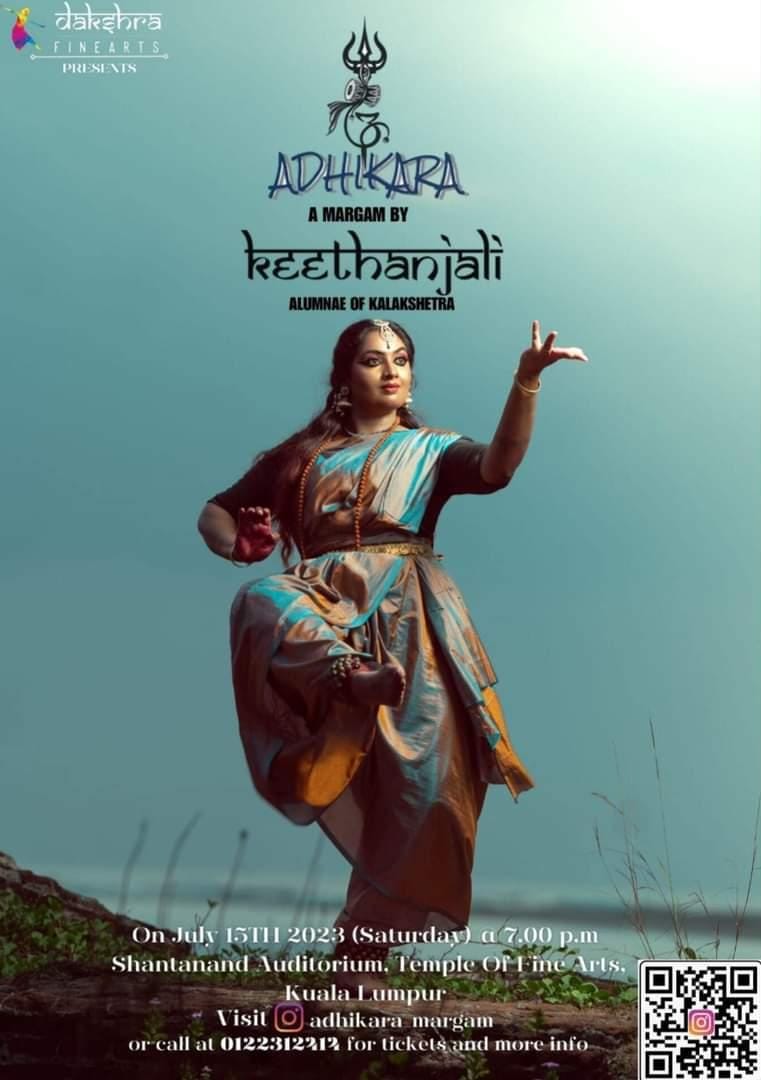
As an initiative to embrace the art, “Dakshra Fine Arts” organised this event. Throughout the event, it was a solo production of Ms Keethanjali who is the graduate of the prestigious institute, Kalakshetra Foundation, Chennai. Ms Keethanjali is a talented Abhinaya and Jathis choreographer who has worked with Kalingawan and the Guinness World Book of Records for Natyanjali and in many other countries as well. She is one of the senior teacher for the past six years in Dakshra Fine Arts.
This dance margam signifies lord Shiva who is a cosmic dancer. Lord Shiva, also known as Mahadeva or the Great God, is one of the principal deities in Hinduism. Among his many forms and aspects, one of the most iconic and revered representations of Lord Shiva is as Nataraja, the Cosmic Dancer. Nataraja, the “Lord of the Dance,” is a symbolic representation of the rhythmic movement of the universe and the eternal cycle of creation, preservation, and destruction. The dance performed by Lord Shiva is known as the Tandava, which can be both gentle and peaceful (Ananda Tandava) or fierce and destructive (Rudra Tandava). Lord Shiva as Nataraja, the Cosmic Dancer, represents the cosmos’ dynamic rhythm and eternal dance, embodying the forces of creation, preservation, and destruction. This powerful representation serves as an effective reminder of all existence’s interconnectivity and cyclical nature. Hence, this dance production by Ms Keethanjali was contributed to lord Shiva. It represents the interaction of dynamic and static divine energy flow, and it contains five principles of limitless energy: creation, preservation, destruction, illusion, and emancipation.
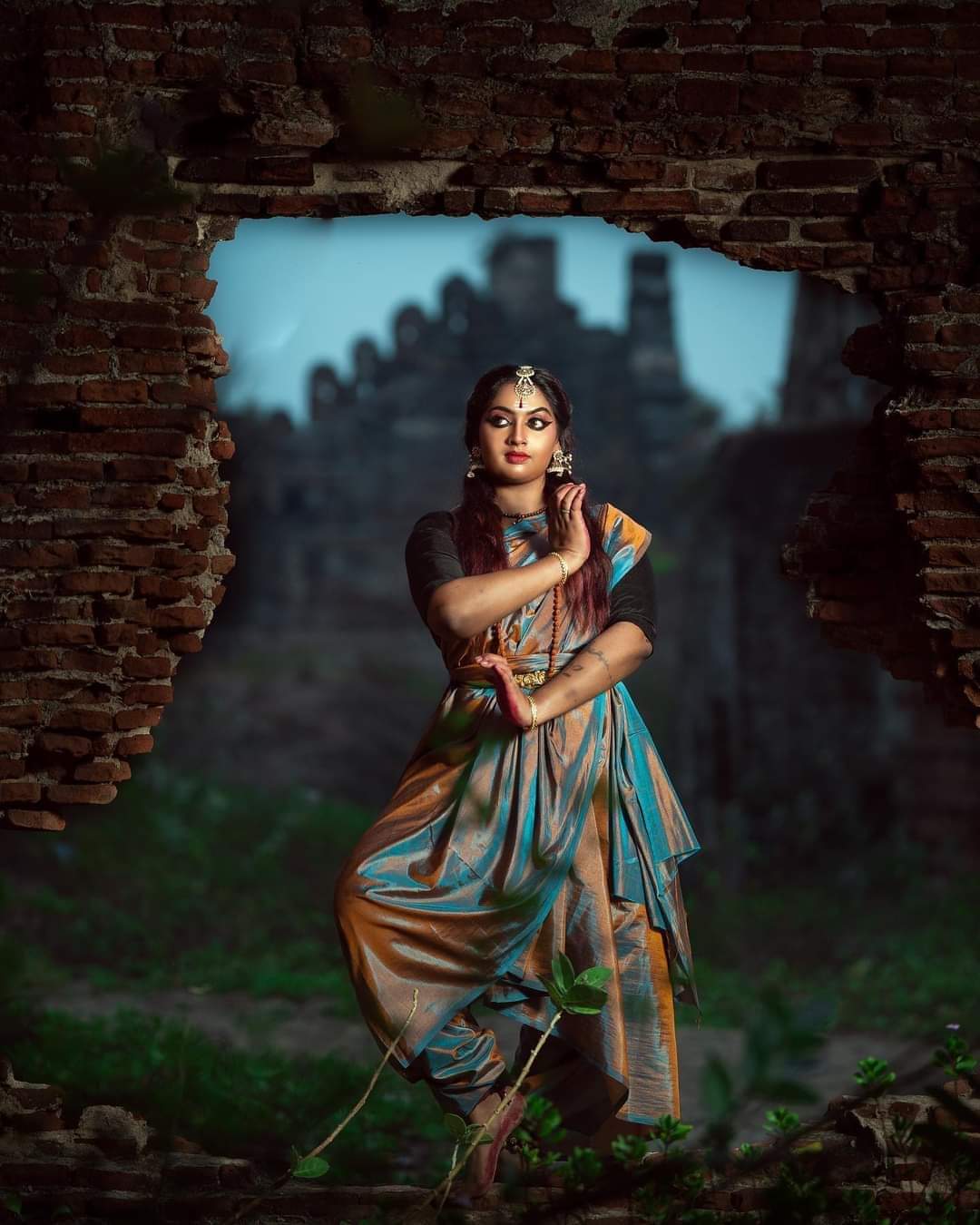
There were approximately 500 audience attended the event to make it merrier. Since most of people quit bharatanatyam or any other arts which they learnt due to their aging or tight working schedule, Ms Keethanjali wished to set an example and prove the age is not a reason or obstacle to give up this divine art. Madam Mohanapriya, the founder of Dakshra Arts and Ms Keethanjali encourages the youngsters to learn any form of Indian classical arts like Tabla, Yoga, Violin, Sangeetham, Bharatanatyam or any other arts to enhance themselves and travel through enlightenment in their life.
Source: Dakshra Fine Arts Facebook , RTM Tamil seithigal Instagram
Follow us on Instagram, Facebook or Telegram for more updates and breaking news.


